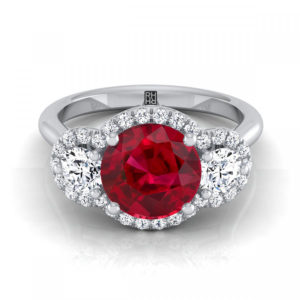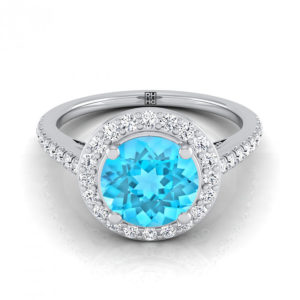
Some Facts about Allochromatic Gemstones
Although not many are aware of it, this distinction can be seen in the pricing of  diamond rings jewelry based on the colors of the gemstones. Below is a brief description of the allochromatic gemstones.
diamond rings jewelry based on the colors of the gemstones. Below is a brief description of the allochromatic gemstones.
Facts about Allochromatic Gemstones
Most of the natural gemstones contain impurities in their crystal structure. These may not essentially be a part of the original structure but they are responsible for imparting different colors and related optical properties to the stone. In fact, experts say that allochromatic diamonds in their pure state would be colorless.
The impurities that give color to gemstones are called chromophores. The amount of color they display depends on the impurities contained in the stone.
An ideal example of allochromatic gems is corundum. This is a colorless gem-like white sapphire; if you add a bit of iron to it, you get orange or yellow fancy sapphire, but if you add traces of titanium, it turns blue. On the other hand, if you add chromium to corundum, it becomes red, which gives us ruby.
 A few other examples of such “color-changing” allochromatic gemstones are quartz, beryl, grossular garnet, tourmaline, nephrite jade, spinel, and topaz.
A few other examples of such “color-changing” allochromatic gemstones are quartz, beryl, grossular garnet, tourmaline, nephrite jade, spinel, and topaz.
